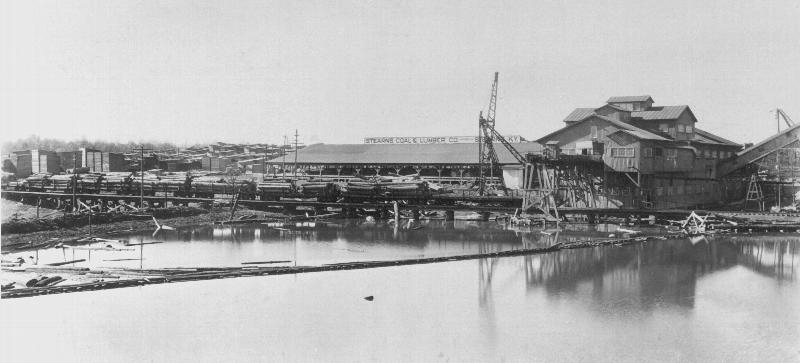History of the Big South Fork: How It All Started
Located on the Tennessee/Kentucky border, the Big South Fork is a 123,000-acre National River and Recreation Area nestled atop the Cumberland Plateau. For years, the park has been a best kept secret as it offers similar activities and scenery as the Smokies but is much more accessible to people in Nashville, Knoxville, and Lexington.
The Big South Fork is widely used for many outdoor recreation activities including hiking, mountain biking, horseback riding, ATV riding, whitewater rafting, photography, camping, hunting, fishing, and more!
Big South Fork River
The Big South Fork of the Cumberland River begins at the confluence of New River and the Clear Fork in Scott County, Tennessee, and flows north into Lake Cumberland. The river is one of only a few rivers in The United States designated by Congress as a National River because of its historical significance as well as its wild and scenic beauty.
The river is one of the few in the eastern United States that has not been dammed for flood control or hydroelectric power generation. Although TVA did propose damming the river at Devils Jump which would have flooded the entire river gorge, meaning many historic parts of the park would now be under water and the area would be known as a lake instead of a beautiful scenic river gorge.
Stearns Coal & Lumber
How did the area end up becoming the Big South Fork National River and Recreation Area?
The Big South Fork Coalition, worked with former Senator Howard Baker, Jr., to introduce legislation in 1972 creating a combination national river and recreation area as part of a water resource bill. Howard Baker used the water resource bill to prevent the river from being dammed in 1972. This gave time for the bill to be rewritten which would turn over management to the National Park Service in the next couple of years.
The Big South Fork National River and Recreation Area was finally established in 1974. The park was named both a National River and a National Recreation Area.
"The National Recreation Area designation was deemed appropriate due to the area's proximity to a large number of metropolitan areas and the potential the area exhibited for outdoor recreational activities. While still managing Big South Fork in such a manner as to protect the area's natural and cultural resources, the park is also managed in a way which will provide visitors with the opportunity to engage in a wide range of healthy outdoor recreational activities."
The park then started buying the land within the boundaries from private individuals and big land companies. When word got out that the park was buying up all the land, the big land companies, such as Stearns Coal & Lumber, began to heavily log and mine their properties. A lot of this logging and mining gave the park the physical identity it has today.
Once the park gained ownership of the land they started cleaning up old farms, houses, and trash piles and began establishing trails for amazing hiking and unforgettable horseback riding.
Enjoying the Big South Fork at Laurel Fork Rustic Retreat
Laurel Fork Rustic Retreat is a privately gated vacation cabin rental property that borders the Big South Fork National River and Recreation Area. With many cabin options and direct access to some of the most popular activities and trails at the Big South Fork, Laurel Fork Rustic Retreat has the perfect mix of activity and relaxation!
Plan Your Next Vacation to the Big South Fork with Laurel Fork Rustic Retreat Today
We're here to help make your next vacation unforgettable! Browse all of our beautiful cabins, check availabilities, and reserve a cabin today! Give us a call directly at (423)286-5135 to ask questions or make reservations. You can also contact us here to drop a quick question.










These small but mighty plants are a warm sign that spring is on its way to Tennessee.